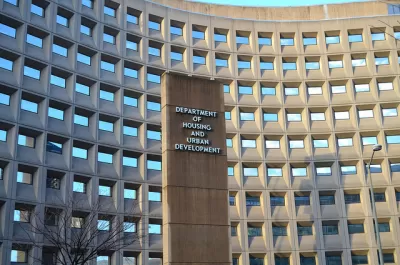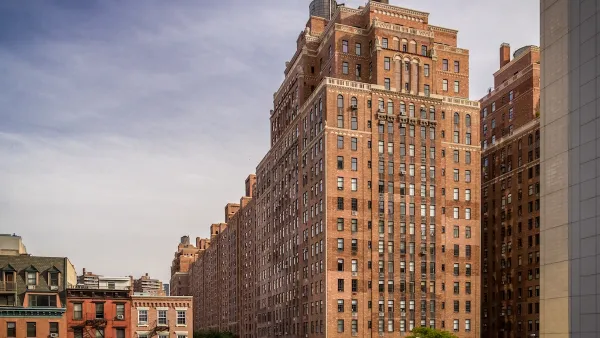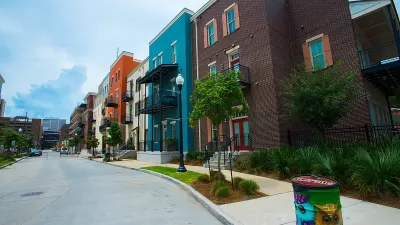To take on President Biden's ambitious housing goals, the agency needs to restore the staff lost during the Trump era.

To make the federal Department of Housing and Urban Development "into a frontline weapon in the fight against racial and economic inequality," writes Glenn Thrush in the New York Times, President Biden must first restore a department decimated by Trump-era cuts in budget and staffing. "In some divisions, as many as 25 to 30 percent of jobs were unfilled or occupied by interim employees. The losses were concentrated among the ranks of highest-skilled managers and policy experts, many of whom had been overruled, sidelined, exiled and eventually driven away under President Donald J. Trump and his appointees." Between 2012 and 2019, the agency lost 20% of its total employees. "Until we can start to build up our staff, and build up our capacity, we are at risk of not doing the things we should do," said HUD Secretary Marcia Fudge.
"The administration’s relief package, passed in March, included $21.55 billion for emergency rental assistance, $5 billion in emergency housing vouchers, $5 billion for homelessness assistance and $850 million for tribal and rural housing, on top of a similar amount allocated under the Trump administration," amounting to "the greatest increase in housing and related programs in decades. Mr. Biden’s infrastructure bill, now the subject of intense negotiations on Capitol Hill, would provide $213 billion more."
According to Fudge, the losses "are hindering distribution of emergency aid to low-income tenants and leaving many localities without guidance from experienced HUD employees on how to run new programs funded by the flood of coronavirus assistance cash." Meanwhile, some lawmakers worry about the depleted department's ability to manage the incoming funding and new responsibilities proposed by President Biden's infrastructure bill.
FULL STORY: Biden’s First Task at Housing Agency: Rebuilding Trump-Depleted Ranks

Planetizen Federal Action Tracker
A weekly monitor of how Trump’s orders and actions are impacting planners and planning in America.

Congressman Proposes Bill to Rename DC Metro “Trump Train”
The Make Autorail Great Again Act would withhold federal funding to the system until the Washington Metropolitan Area Transit Authority (WMATA), rebrands as the Washington Metropolitan Authority for Greater Access (WMAGA).

The Simple Legislative Tool Transforming Vacant Downtowns
In California, Michigan and Georgia, an easy win is bringing dollars — and delight — back to city centers.

The States Losing Rural Delivery Rooms at an Alarming Pace
In some states, as few as 9% of rural hospitals still deliver babies. As a result, rising pre-term births, no adequate pre-term care and harrowing close calls are a growing reality.

The Small South Asian Republic Going all in on EVs
Thanks to one simple policy change less than five years ago, 65% of new cars in this Himalayan country are now electric.

DC Backpedals on Bike Lane Protection, Swaps Barriers for Paint
Citing aesthetic concerns, the city is removing the concrete barriers and flexposts that once separated Arizona Avenue cyclists from motor vehicles.
Urban Design for Planners 1: Software Tools
This six-course series explores essential urban design concepts using open source software and equips planners with the tools they need to participate fully in the urban design process.
Planning for Universal Design
Learn the tools for implementing Universal Design in planning regulations.
Smith Gee Studio
City of Charlotte
City of Camden Redevelopment Agency
City of Astoria
Transportation Research & Education Center (TREC) at Portland State University
US High Speed Rail Association
City of Camden Redevelopment Agency
Municipality of Princeton (NJ)





























